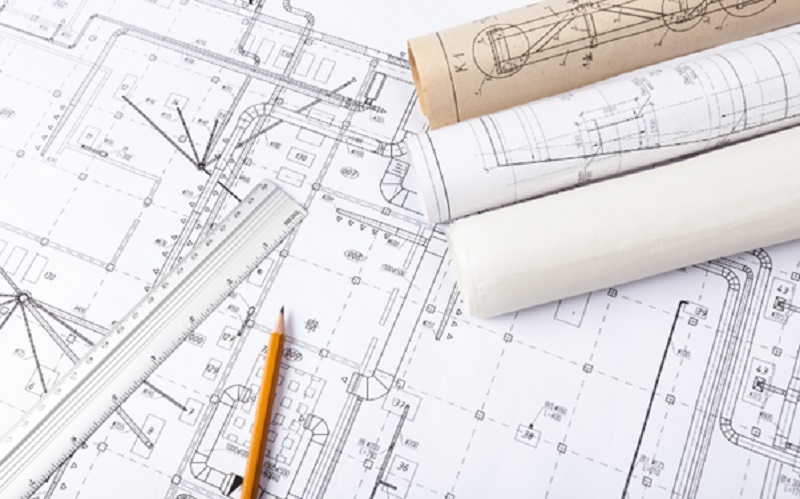Rebuilding landed property is a sophisticated, multi-phase endeavour that demands careful planning, coordination, and implementation. Although this event can be intimidating, proper guidance can still ensure its success.
Discover the sequential process of how to rebuild landed property in Singapore, emphasising essential factors like design and construction considerations, adherence to regulations, and effective project management.
Initial Planning and Design Phase
Assessing Needs and Budget
Assessing your needs and establishing a realistic budget is vital before commencing any home renovation or rebuilding project. Consider factors such as the property size, the renovation extent, and the desired outcome. Engage a professional consultant to provide an accurate cost estimate and timeline for the project.
Hiring a Design and Build Firm
Engaging a firm specialising in design and build in Singapore is essential for a seamless rebuilding process. These firms offer comprehensive services, from architectural design to construction management. Select a firm with a proven track record, relevant experience, and positive client testimonials.
Conceptual Design and Approval
Work closely with your chosen design and build firm to develop a conceptual design that aligns with your vision and complies with local regulations. This phase involves creating detailed architectural drawings, selecting materials, and finalising design elements. Obtain required approvals from the Urban Redevelopment Authority (URA) and other relevant authorities.
Regulatory Compliance and Permits
Understanding Building Regulations
Singapore’s building regulations are stringent and must be adhered to during rebuilding. Familiarise yourself with the guidelines set by the Building and Construction Authority (BCA) and the URA. These regulations cover plot ratio, building height, setbacks, and permissible building materials.
Obtaining Necessary Permits
Securing the required permits is a critical step in the rebuilding process. Your design and build firm will typically handle this aspect, ensuring all applications are submitted correctly and promptly. Primary permits include the Development Control (DC) permit, Building Plan (BP) approval, and Temporary Occupation Permit (TOP).
Construction Phase
Site Preparation and Demolition
Once all necessary permits are obtained, the construction phase begins with site preparation. This preparation includes demolishing the existing structure, clearing debris, and levelling the land. Engage a licensed demolition contractor to ensure safety and compliance with environmental regulations.
Foundation and Structural Work
The next step involves laying the foundation and constructing the structural framework of the new property. This phase requires precision and adherence to engineering standards to ensure the stability and longevity of the building. Regular inspections by qualified engineers are essential to monitor progress and quality.
Plumbing, Electrical, and Mechanical Systems
Install essential plumbing, electrical, and mechanical systems simultaneously with structural work. Ensure all installations meet local safety standards and are executed by licensed professionals. Coordination between various contractors is critical to prevent delays and ensure seamless integration.
Interior Design and Finishing
Interior Layout and Design
The interior design phase focuses on creating functional and aesthetically pleasing spaces. Work with an interior designer to select fixtures, fittings, and finishes that align with your style and budget. Consider energy-efficient options and sustainable materials to enhance the property’s value and reduce environmental impact.
Customisation and Detailing
Incorporate custom elements and detailing to personalise your home. These elements can include built-in furniture, bespoke cabinetry, and unique architectural features. Ensure all customisations are executed to the highest standards to achieve a cohesive and polished look.
Final Inspections and Handover
Conduct final inspections to ensure all rebuild aspects meet the specified standards and regulations. Address any defects or issues identified during this phase. Once satisfied, obtain the TOP and officially take possession of your newly rebuilt property.
Post-Construction Considerations
Maintenance and Upkeep
Regular maintenance is essential to preserve the integrity and appearance of your rebuilt property. Establish a maintenance schedule for key systems and structures and address any issues promptly to prevent costly repairs in the future.
Home Improvement and Upgrades
Consider ongoing home improvement projects to enhance your living space further. These projects include landscaping, installing smart home systems, or upgrading appliances. Continual investment in your property will increase its value and ensure it remains a comfortable and modern living space.
Conclusion
Rebuilding landed property in Singapore requires thorough planning, strict adherence to regulations, and expert implementation. By adhering to the prescribed procedures and enlisting the help of seasoned professionals, homeowners can realise a successful and gratifying home improvement endeavour. Emphasise quality, compliance, and sustainability to establish a resilient and worthwhile property that aligns with your requirements and preferences.
Visit Colebuild and let us help you create your dream home today!











